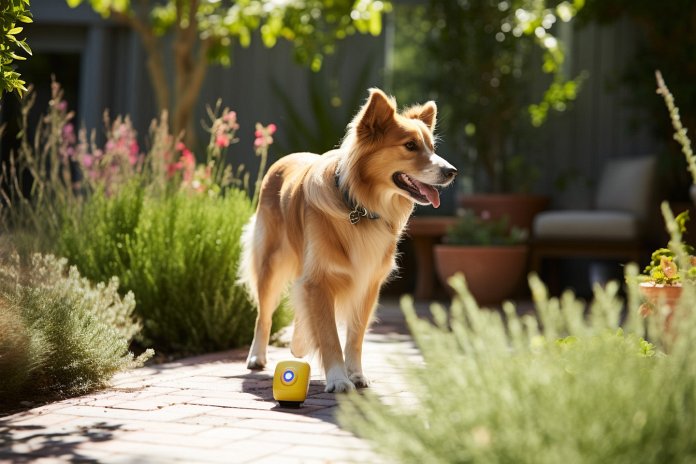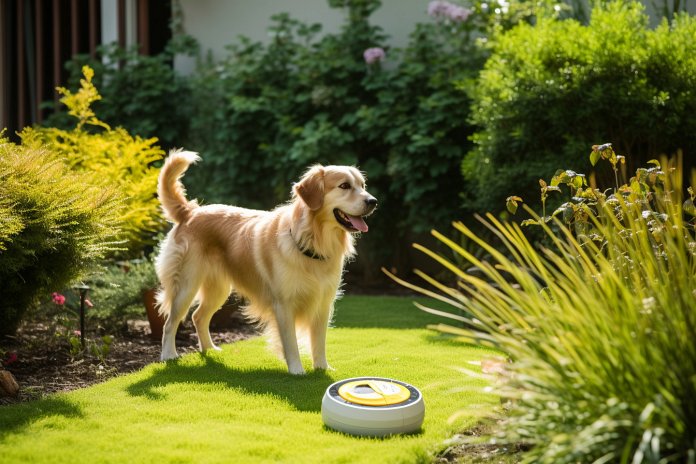
It has long been believed that dogs have a sixth sense and can detect various things. There are countless stories of dogs alerting their owners to natural disasters, dangerous strangers, and even medical emergencies. Some even claim that dogs can sense carbon monoxide before it affects humans. But is this really true?
In reality, dogs cannot sense or smell carbon monoxide, so they cannot alert their owners to its presence before it happens or when a leak occurs. However, it is true that dogs are affected by carbon monoxide much faster than humans.
While it is unlikely that your dog will sense carbon monoxide, they can still help bring attention to its presence by showing early signs of being affected. If you want to know what signs to watch for in your dog, continue reading.
Signs Your Dog is Reacting to Carbon Monoxide
Pets, including dogs, are more vulnerable to carbon monoxide than humans. This means that your dog will be more affected by carbon monoxide and you will need to act quickly to help them.
The first sign that your dog is being affected by carbon monoxide is lethargy or sleepiness. Carbon monoxide poisoning can make animals weak and sleepy, so if you notice your dog behaving this way, take action immediately.
Other signs include reddened gums or skin, stomach issues, lack of coordination, tripping or falling, and collapse or shock-like symptoms. If you observe any of these symptoms in your dog, take them to the vet right away.
Body Language
Here are a few body language cues that may indicate your dog is reacting to carbon monoxide:
– Panting
– Weakness
– Yawning
– Lack of focus
– Sweaty paws
– Tail tucking
– Sleepiness
Other Signs
There are a few other signs to watch out for, such as:
– Extreme lethargy
– Red skin
– Red gums
– Vomiting or diarrhea
– Stumbling, falling, or tripping
– Gastrointestinal upset
– Lack of coordination
The History of Dogs and Carbon Monoxide
Carbon monoxide has similar effects on animals as it does on humans. If your dog is exposed to carbon monoxide, they may experience lung poisoning, memory impairment, changes in emotional stability, and chronic nausea.
Smaller animals, including dogs, are more susceptible to carbon monoxide poisoning and can be affected within minutes of a leak. If your dog is affected, they may require oxygen therapy and a significant amount of time to recover.
The Science of Carbon Monoxide and Dogs
Dogs, despite their strong sense of smell and hearing, cannot detect carbon monoxide because it is odorless and colorless. Carbon monoxide affects the heart and brain by reducing oxygen supply. If your dog does sense carbon monoxide, it is not because they can smell the gas, but rather because they heard the CO alarm or smelled the fuel or other products that caused the leak.
Training Your Dog to Detect Carbon Monoxide
It is unlikely that you can train your dog to detect carbon monoxide since there is no smell, taste, or sound associated with it. However, you can train your dog to pay attention to your carbon monoxide alarm. Associate a specific action with the alarm sound and reward your dog when they perform that action, such as running to your room and barking.
Consistent training will help your dog understand the link between the sound, the action, and the treat.
“Your dog may not sense carbon monoxide, but they can still help save your life.”

Tips & Things to Know
1️⃣ Pay attention to your dog’s behavior: If you notice your dog acting sleepy, weak, or showing signs of gastrointestinal issues, it could be a sign of carbon monoxide poisoning. Act quickly and take your dog to the vet immediately.
2️⃣ Look out for body language cues: Panting, weakness, yawning, lack of focus, sweaty paws, tail tucking, and sleepiness can all be signs that your dog is reacting to carbon monoxide. Pay attention to these cues and seek medical help if necessary.
3️⃣ Train your dog to respond to carbon monoxide alarms: While dogs cannot detect carbon monoxide themselves, you can train them to react to the sound of a carbon monoxide alarm. Associate a specific action, such as barking or running to a certain place, with the sound of the alarm and reward them for their response. This can help ensure that your dog alerts you in case of a carbon monoxide leak.
Frequently Asked Questions, Answered ✅
1. Can dogs sense or smell carbon monoxide?
– No, dogs cannot sense or smell carbon monoxide.
2. How can dogs help bring attention to the presence of carbon monoxide?
– Dogs can feel the effects of carbon monoxide early on, and their behavior changes can indicate its presence.
3. What are the signs that a dog is reacting to carbon monoxide?
– Signs include sleepiness, weakness, reddened gums or skin, stomach issues, lack of coordination, collapsing, and shock-like symptoms.
4. What are some body language cues that suggest a dog is reacting to carbon monoxide?
– Panting, weakness, yawning, lack of focus, sweaty paws, tail tucking, and sleepiness.
5. What are the potential long-term effects of carbon monoxide exposure in dogs?
– Dogs exposed to carbon monoxide may experience lung poisoning, memory impairment, changes in emotional stability, and chronic nausea.